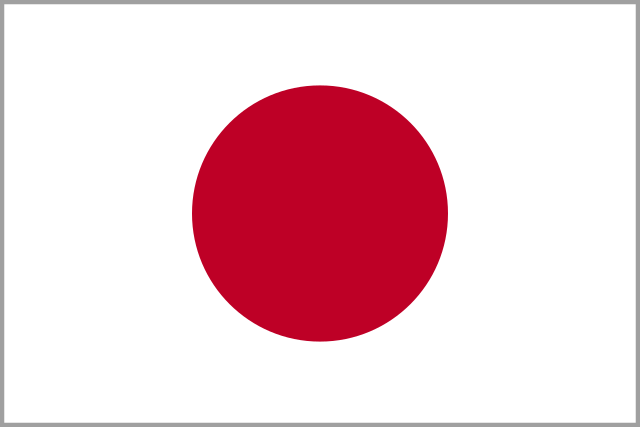
Hailing from across the Pacific, Japan is a small island nation responsible for giving us instant ramen, airsoft, and even lithium-ion batteries. They’re pretty much wizards over there, making stuff that influences the world, changes the way we have fun, and even keeps college kids (like me) fed!
They also made one of the most influential mediums for art and cartoon animation: anime. And yeah…it’s big. So how the hell did it come to the US?
The first inklings of success when it came to Anime in the US was the release of Voltron and Transformers, when combined in conjunction with toy sales. For kids, watching characters like Optimus Prime or the combined warrior Voltron defeat the evils of the world around them, and then being able to make your OWN stories with those toys? Hell yeah, sign me up!
Now, granted, Transformers was an American-Japanese anime (since Hasbro licensed the idea from Japan’s own Takara Toys), so whether or not you REALLY count it is up to you. The point is, the idea of a Japanese cartoon in the US wasn’t unheard of. And it would only go up from there.
Pretty soon after Transformers, entering into the 90s, it was clear that the transforming toy trade was slowing down. Things were starting to get bland, overdone, and a whole bunch of other stuff that sounds boring (because it kinda is).

Let’s talk about Dragon Ball Z first. This anime, based on the manga created by Akira Toriyama, followed the adventures of Goku and his friends as they battled powerful foes, searched for legendary Dragon Balls, and trained to become even stronger. It was a show filled with epic battles, larger-than-life characters, and a healthy dose of humor.
When Dragon Ball Z first hit American television screens in the mid-1990s, it was like nothing else kids had ever seen. The action was intense, the animation was top-notch (especially for its time), and the storylines kept viewers hooked week after week. It quickly gained a massive following, becoming a cornerstone of after-school programming for many kids.
But Dragon Ball Z wasn’t just popular because of its flashy fights and colorful characters. It also introduced American audiences to concepts like martial arts, Eastern philosophy, and the idea of never giving up, no matter how tough the odds may seem. These themes resonated with viewers of all ages and helped elevate Dragon Ball Z from just another cartoon to a cultural phenomenon.

And then there’s Sailor Moon, the magical girl anime that captured the hearts of millions of fans around the world. Created by Naoko Takeuchi, Sailor Moon followed the adventures of Usagi Tsukino, a seemingly ordinary schoolgirl who discovers she is the reincarnation of the moon princess and must protect the Earth from evil forces with the help of her fellow Sailor Guardians.
Sailor Moon was groundbreaking in many ways. Not only was it one of the first anime series to feature a team of female superheroes, but it also tackled themes like friendship, love, and self-acceptance in a way that was relatable to its young audience. Plus, it had a killer soundtrack and some seriously stylish transformation sequences.
When Sailor Moon made its debut in the US in the mid-1990s, it was an instant hit. Girls everywhere were drawn to its empowering message and strong female characters, while boys found themselves captivated by the action-packed battles and fantastical elements. Together, they formed a fanbase that was as diverse as it was devoted.
But perhaps the most significant impact of Dragon Ball Z and Sailor Moon was the way they helped popularize anime in the US and pave the way for future generations of fans. These shows proved that anime wasn’t just for kids in Japan – it was a global phenomenon that could resonate with people from all walks of life.
As Dragon Ball Z and Sailor Moon continued to gain popularity in the US, they opened the door for other anime series to find success as well. Shows like Pokémon, Yu-Gi-Oh!, and Naruto soon followed, each bringing their own unique blend of action, adventure, and heart to American audiences.
Today, anime is more popular in the US than ever before, with streaming services like Netflix, Hulu, and Crunchyroll offering a vast selection of titles to choose from. And while Dragon Ball Z and Sailor Moon may have been the pioneers, they will always hold a special place in the hearts of fans who grew up watching Goku charge up his Kamehameha or Sailor Moon unleash the power of the Silver Crystal.
With the unfortunate passing of Akira Toriyama (may he rest in peace), we find ourselves looking towards the future. With so many anime releasing into the Western markets today, it’s important to take a look back on how these cartoons from Japan helped shape our childhoods and instilled in us the messages we all needed to hear: keep working hard, and love yourself!

